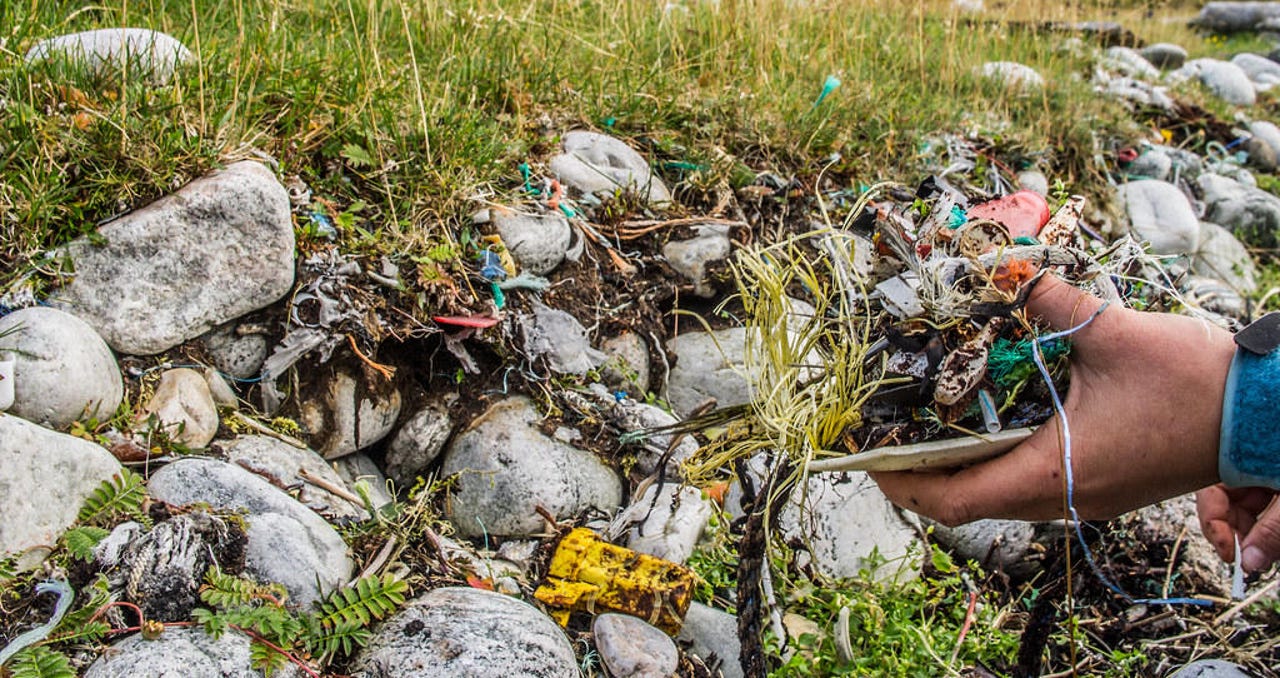We may be entering a new geological epoch


Primers
Do you know the name of the current geological epoch? I didn't. It's called the Holocene, and it began with the end of the last ice age 11,700 years ago.
That's a long time to us humans, but as the Earth goes, it's a short interval, far less than the 40,000 years interglacial periods typically span.
So it's notable that the International Union of Geological Sciences, which assesses human impact on the planet, is expected to announce that we've entered a new geological epoch, one dubbed the Anthropocene. As the name implies, the Anthropocene would describe a new stage triggered mainly by human activity.
"Human actions have attained dimensions comparable to the natural processes in the Earth system and will have long-lasting biophysical effects of geo-historical significance," write the authors of a Nature article entitled On the age of computation in the epoch of humankind. "These changes are increasingly interpreted as signs that we have entered a new geological era: the Anthropocene."
One of the key drivers in the epoch, according to the paper's authors, is digitization: "Digital technologies mark not only a thorough shift in the socio-economic and cultural realm but also occupy a crucial role in first entering and now inhabiting the Anthropocene."
Indeed, in many ways -- ecological, economic, social -- it's hard to equate the world we see ahead from that of just a few decades ago.
But one activist and conceptual artist, Jonathan Keats, is advocating we not kiss our Holocene goodbye quite yet. "While their work is laudable," says Keats, referring to the International Union of Geological Sciences, "we need to take it as a challenge. We should do all we can to protect and promote the Holocene, the geological epoch we inherited."
Keats is the mastermind behind creative, thought-provoking projects meant to challenge our daily perceptions and force us to entertain new perspectives. One of his projects, which garnered significant press, involves the dissemination of cameras that take a single exposure that lasts 100 years.
Now Keats has founded an organization called The Pioneers of the Greater Holocene. Part art project, part consciousness-raising endeavor, and part activism, the group will systematically catalog places where attributes of the Holocene still endure. Through its founding chapter, which will launch in San Francisco on September 5, the group will survey spaces from Muir Woods to the weeds growing out of Mission District sidewalk cracks to "serve as models for Holocenic revival elsewhere in the world" and potentially providing "scientific grounds for remaining within the current epoch as we contend with Anthropocenic excess."
The idea is that we shouldn't concede the last epoch quite yet and that an awareness of how humans are interacting with and challenging the basic attributes of that epoch could lead to changes in behavior. Says Keats:
Geologists have a fixed procedure for deciding when a new epoch begins," Mr. Keats explains. They must identify a material change in Earth's strata – such as the global impact of an asteroid strike – and then stake out geological evidence of the transition with a golden spike.
Until the spike is struck, we have an opportunity to preserve the Holocene by curtailing use of Anthropocenic substances such as industrial fertilizers, fly ash and plastics, and changing the socioeconomic systems that bring environmental ruin. We have the potential to bound the human stratum, and perhaps even to remediate it, putting the Anthropocene behind us as an unfortunate geological interlude.
Keats' projects are quirky and offbeat, and this is no exception. To offset the arrival of the Anthropocene, he aims, through the new group, to "collaborate with plants, fungi, and bacteria to rewild the planet." In San Francisco, a city undergoing rapid development, the organization will distribute seed packets containing native grasses that will take root wherever people spread them, from empty lots to busy streets. The organization will also provide a special nutrient mix for lichens, symbiotic organisms capable of transforming concrete into the soil while also purifying the atmosphere.
"We can't direct how this formula may be washed over skyscrapers, any more than we can officially sanction appropriation of jackhammers to plow through highway asphalt and plant the interstates with grass," says Keats. "The Bay Area has a reputation for disruption. Preventing a new epoch by re-terraforming the planet is the ultimate disruptive act."
For those in the Bay Area, The Pioneers of the Greater Holocene will hold a special launch event on Thursday, September 5th from 5:30 to 8:00 at Modernism Gallery. For more information, visit www.modernisminc.com/artists/Jonathon_KEATS.